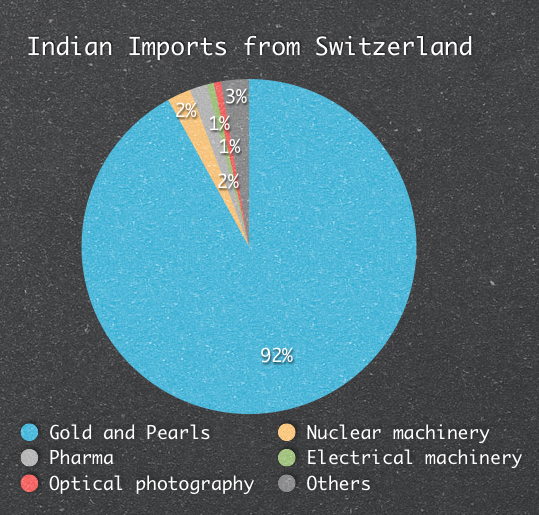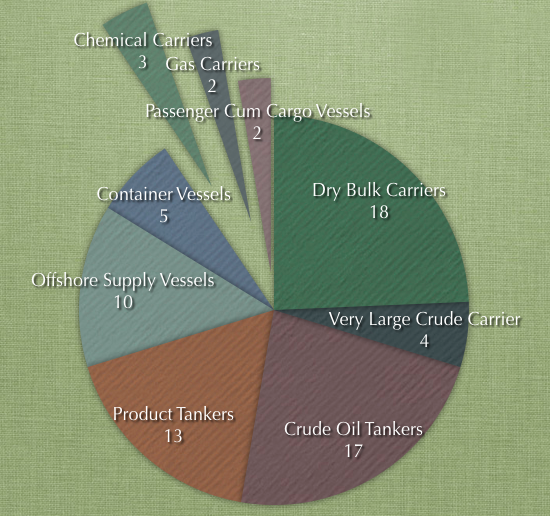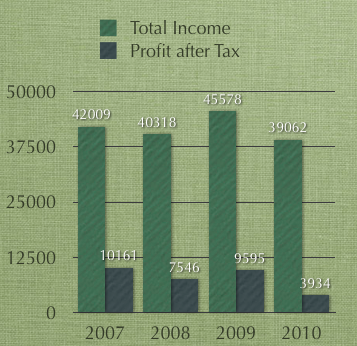This post is written by Shiv Kukreja, who is a Certified Financial Planner and runs a financial planning firm, Ojas Capital in Delhi/NCR. He can be reached at skukreja@investitude.co.in
India is the second fastest growing economy in the world and despite continued global economic slowdown, India has remained one of the most attractive destinations for the foreign investors and thus has been able to generate enough employment opportunities for our predominantly young working population.
People change jobs, move to newer places and with many other new things, get new EPF accounts also. They either get the previous balances transferred into the new accounts or withdraw the balances completely. Not many people know that withdrawing EPF balance is illegal. But that is not the central point of this post.
Starting July 25th this year, Employees’ Provident Fund Organisation (EPFO) has started providing online information of EPF balances to its active subscribers by issuing them “e-Passbookâ€. Here is the EPFO Circular (Sample e-Passbook attached) dated July 20th, 2012 carrying announcing the same.
e-Passbook is an online version of an employee’s provident fund records, in which all the transactions are recorded month-wise and date-wise. With the help of this passbook, you can now check your EPF balance online as and when you want to.
Here is what to do to access your EPF e-Passbook:
Step # 1 – Visit the EPFO members’ portal – http://members.epfoservices.in/
Step # 2 – Click on the Register >> button at the bottom of the page or Click here to Register button under the LOGIN box to reach the Registration page.
Step # 3 – On the Registration page, you are required to enter your Mobile number, Date of Birth, Email id, a six-alphabet unique text character and one of the below mentioned eight documents with its unique number and your name as on the document.
- Â PAN Number
- AADHAR (UID)
- NPR (National Population Register)
- Bank Account Number
- Voter ID Card
- Driving License
- Passport Number
- Ration Card Number
Once all fields are filled up, click on “GET PIN†button and you will get a four-digit Authorization PIN on your mobile instantly. The message would read like this “To complete your registration on member portal enter PIN: XXXXâ€
Enter the PIN in the box provided at the bottom of the page besides “Enter Authorization PINâ€, tick the “I Agree†box and click on the “Submit†button to complete the registration. On successful registration, you will get a confirmation message on your mobile “Your Registration on Member Portal is successful. Your PAN Number is XXXXXXXXXX and date of birth is XX-XX-XXXX. (date of birth is not required).â€
Step # 4 – Once registration is complete, you can enter the members area by selecting your document, entering the document number and your mobile number that you entered on the Registration page and clicking on the “Sign In†button.
Please note that there is no need to create and remember any user id and password. You just have to use your mobile number and the identification proof number to login into the system. Once login is successful, you will see your name on the right hand side of the page.
Step # 5 – You can now download your EPF e-Passbook by clicking on the “DOWNLOAD E PASSBOOK†link on the top of the page. You can edit your mobile number and other details also on this page.
You need to select the state where your establishment/company is covered and then the EPFO office name which is applicable to you. There are a total of 120 state offices of EPFO in 35 states and union territories of India.
In case you do not know the EPFO office under which your company is complying or which is applicable to your account, then you can use either of these establishment search facilities to get the details of the office and also the code number of the company – Search Establishment Code – 1 or Search Establishment Code – 2
Establishments under old Office Code – It is EPFO office code and works state-wise
Establishments under Office – It is EPFO office code and works EPFO office-wise
Show all estt. under this PIN Code – It will show all the companies under the entered Pin Code
Old Office Code – It is EPFO office code and works state-wise
Establishment Code – It is your company’s code
Step # 6 – Once the state EPFO office is selected, you need to enter your EPF Account Number which would look something like this one – GN/GGN/28544/999 or GN/GGN/0028544/000/0000999.
Understand your EPF Account Number
GN is the Region Code.
GGN is the Office Code.
0028544 is the Establishment/Company Code and cannot be greater than 7 digits.
000 is the Extension Code and in most cases it is 000.
0000999 is the Account Number.
Now enter your name exactly as per EPF records, a six-alphabet unique text character and click on the “Get PIN†button to again get the four-digit Authorization PIN on your mobile. You would again receive a PIN on your mobile. The message would read like this “To download Member Passbook from Member Portal please enter PIN XXXXâ€
Again, enter the PIN in the box provided besides “Enter Authorization PINâ€, tick the “I Agree†box and click on the “Get Detail†button to get your required e-Passbook. You will get a link for the passbook to open or save for your reference. You will see month-wise transactions made in your EPF account from the year for which the annual accounts of your company were updated since computerisation of the concerned field office.
But, if you had left the company prior to March 2012, then the information will not show up immediately. In that case, a message will be displayed “Your e-Passbook not availableâ€. You would be required to click on the link “Send request to get your e-Passbook†and then “OKâ€.
You will get this message “Your e-Passbook request has been accepted. You shall be intimated on SMS when the same is available. You can check back after 3 days.â€
If your account is inoperative due to non-receipt of any contribution for more than 36 months or if it is settled or has a negative balance, then the passbook will not be made available online. Whenever you have an active account, you should apply in Form 13 to get the earlier account(s) transferred to the active account.
Some other important points to remember:
This facility at present is available only for the employees for whom the employer has uploaded the Electronic Challan Cum Return for the wage month of May 2012 onwards.
If your organisation is not covered under the EPF Scheme 1952, you will not be able to access this facility.
One mobile number can be used for one registration only. But, you can edit your details subsequently.
A registered member can view only one account details under one establishment. In case you are having more than one account under one establishment, you need to apply for transfer of your old account balance into the new account through Form 13.
One member can view up to a maximum of 10 accounts under different establishments. All of the accounts can be viewed any number of times. You can get your old accounts transferred to the current one by using Form 13.
e-Passbook facility is a welcome move by the EPFO and will facilitate the employees in managing their EPF accounts in a better manner. EPFO should take more such steps to introduce other online services so that people can easily track and consolidate their accounts working anywhere in India.




